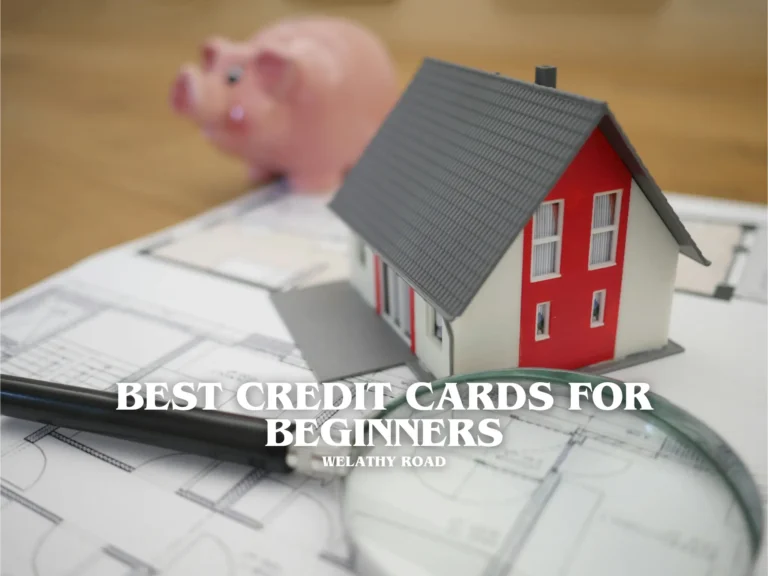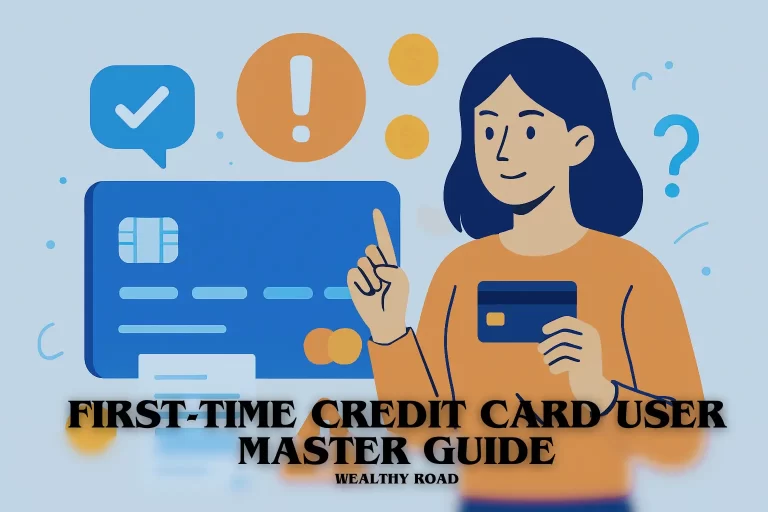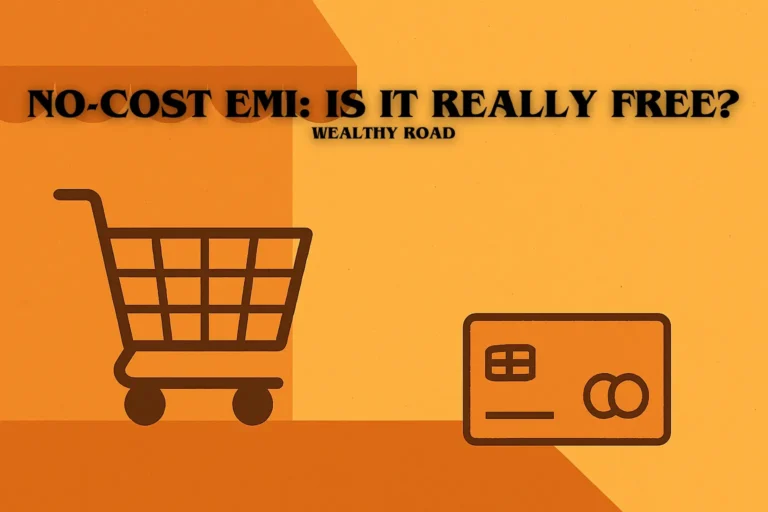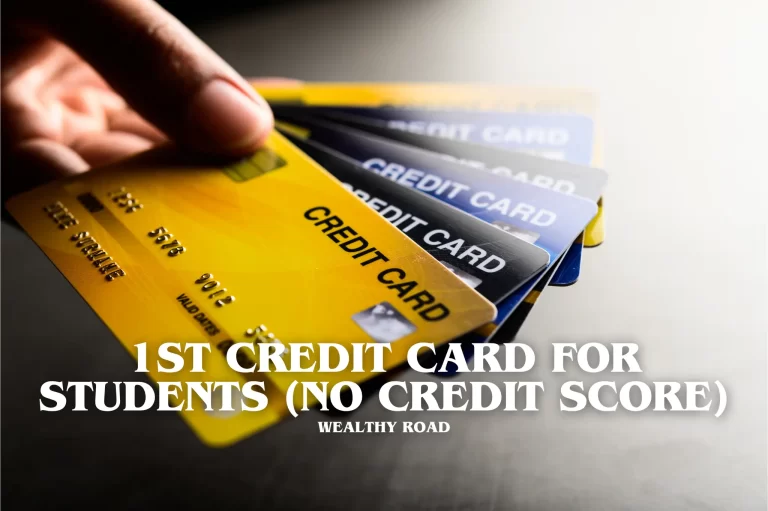Top Mistakes Beginners Make with Their First Credit Card in India
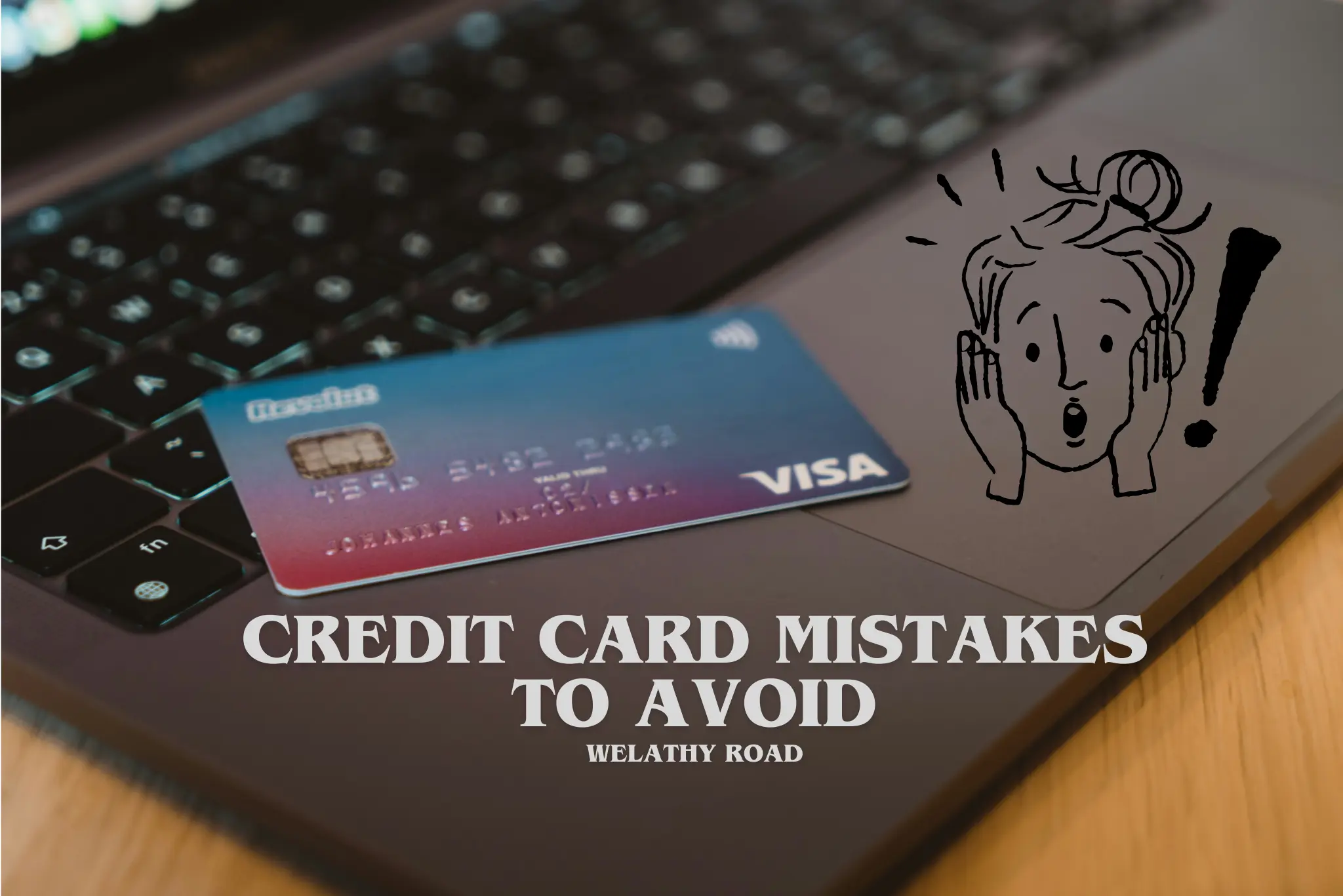
Getting your first credit card is exciting — and a little overwhelming. I still remember that feeling of suddenly having “extra money” in my hands, and how easy it was to start thinking about buying things I didn’t really need. If you’ve just got yours, take a moment to feel proud.
It also means you’ve taken the first step toward building your credit history. Whether the bank offered it to you through your savings account, a fixed deposit, or based on your profile, this card is more than just plastic or metal (if you have got metal one 😉) — it’s now your entry point to improving your credit score & your path to improve your financial basics & gain good interest loans, higher limit credit cards and so more in the future.
Whose Benefit Is It — Yours or the Credit Card Company’s?
Before we dive into the mistakes people make with their credit cards, let’s first ask an important question: who really benefits from you having a credit card — you, or the credit card companies?
The reality is that millions of people around the world use credit cards, and banks make massive profits from them. But in my view, credit card users fall into two simple categories — regardless of whether they’re beginners or seasoned cardholders.
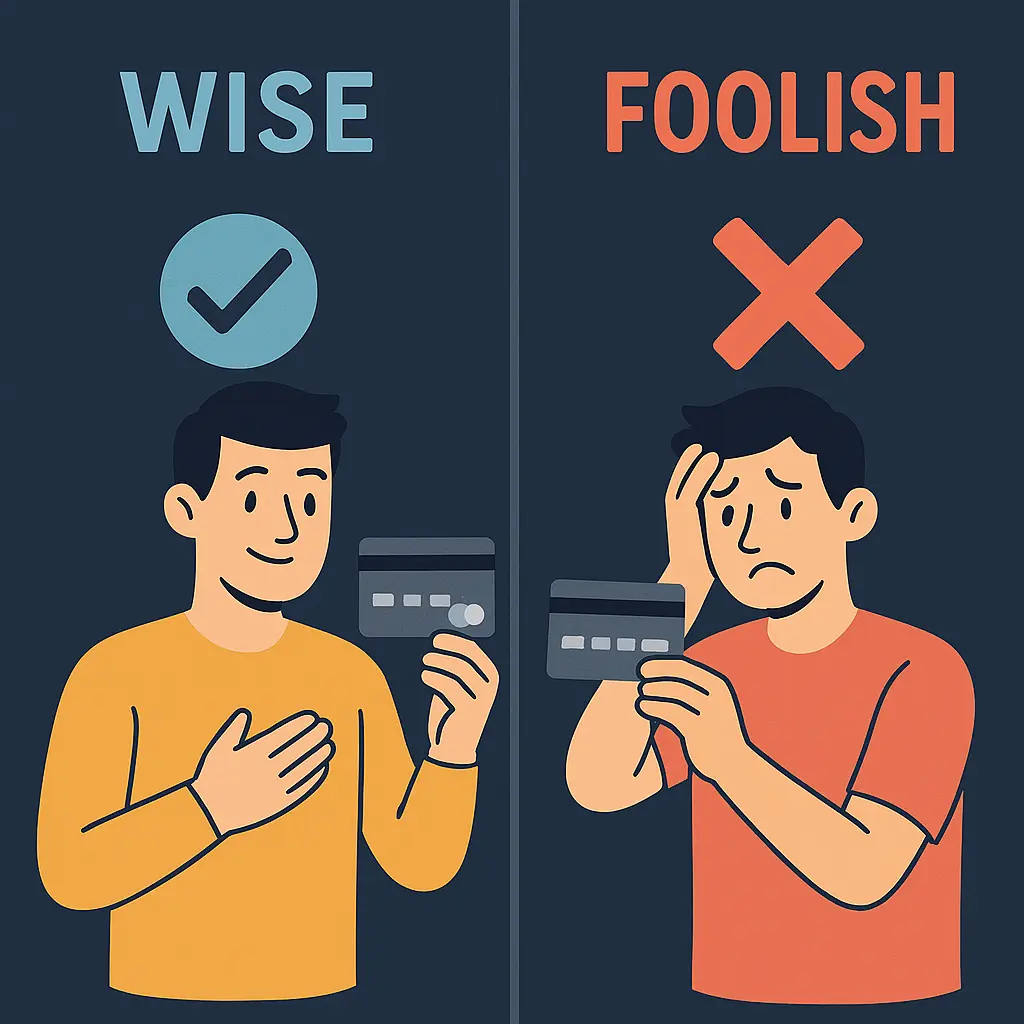
The Wise User
A wise user is someone who understands their credit card inside out. They know about every charge, fee, and term — and they’re aware of the consequences of their actions. Even if they occasionally pay late or miss a due date, they do so knowingly and keep track of their decisions. Most importantly, they know how to use their credit card to their own advantage, turning it into a tool that works for them rather than against them.
The Foolish User
A foolish user, on the other hand, has little to no understanding of how their card works. They don’t know about late payment charges, annual fees, or reward milestones. They swipe whenever they need something and pay only when they have money on hand. These are the users who fuel most of the credit card companies’ profits. And believe it or not, the number of foolish users is far greater than the number of wise users.
So, the big question is: Which side do you want to be on?
Most beginners don’t set out to be “foolish users,” but without the right knowledge, it’s easy to fall into habits that credit card companies love — the kind that make them money at your expense. These habits are what I call the common beginner mistakes with credit cards.
And trust me, I’ve seen (and sometimes even made) many of these mistakes myself when I first started out. That’s why in the next section, I’ll walk you through the top mistakes beginners make with their first credit card in India — so you can avoid them right from the start.
Top 5 Mistakes People Make With Their First Credit Card in India
This post is written with an Indian audience in mind, because our reward systems, offers, and user behavior are quite different from global markets. What I’m sharing here comes from my own experience, conversations with friends and relatives, and insights picked up from Indian credit card company blogs.
1. Applying for a Credit Card Just for the Signup Bonus
I know plenty of people who jump at offers like “Get a free ₹2,000 Amazon voucher when you sign up!” and apply for a new card without thinking twice. The problem? They ignore the bigger picture — things like the joining fee, annual fee, interest rates, interest-free period, and the actual rewards structure after the first year.
So before you hit that Apply button, take time to check these details. And here’s a tip: don’t rely only on company blogs or glossy comparison sites. Instead, look for real user reviews in online communities like Reddit or personal finance forums. They’ll give you the real picture.
2. Paying only the minimum or skipping a bill for a month
This is an even bigger problem than the first point. In fact, it’s the main reason credit card companies offer users so many discounts—they know that many people will pay only the minimum due instead of the full bill. When that happens, they can charge 3–4% in penalties and 1.33–4% interest per month, depending on the card. Credit card companies are smart; they know there are countless users who won’t pay the full amount, and they profit heavily from these fees.
Be smart: always pay the full amount. Don’t give credit card companies a chance to take advantage of you. Instead, use their system wisely to maximize rewards and benefits. I’ll explain how in future posts, so be sure to join our mailing list at the bottom of this blog post 🤝
3. Checking your credit card statement monthly
This is very important, yet I see only a few people make it a habit. I remember a friend who had paid only the minimum due once. According to his card terms, he should have been charged a 3% penalty on the total bill. When his next statement arrived, he decided to check it carefully—and was shocked to see a 12% penalty applied! He called customer care, and they apologized and refunded the extra amount, admitting it was a system error. Just by reviewing his statement, my friend saved a significant amount of money.
Here’s the rule I follow: whether I paid my bill in full or not (which I always do), I always check my statement for hidden fees—late fees, interest, miscellaneous charges, or any unexpected “jargon fees.” In India, system errors or intentional mischarges do happen, so vigilance can save you a lot.
4. No-Cost EMI – Know the Hidden Costs (and Benefits)
No-Cost EMIs can be tempting—you pay in easy instalments without any interest because you get same discount beforehand. But be careful: they often come with hidden costs like processing fees and GST on each installment, which can make the total price higher than paying upfront. Read more: No-Cost EMI: Is It Really Free? My Experience Using It
However, there’s a potential benefit. Sometimes, retailers offer extra discounts exclusively on No-Cost EMI purchases—discounts that aren’t available for regular full payments. If the discount is significant enough to outweigh the hidden fees, it can actually be a smart way to buy. The key is to always calculate the total cost, including fees and GST, and compare it with the product’s original price. That way, you can decide if the EMI really saves money or just looks attractive on the surface.
5. Treating Credit Cards as Free Money
This is a crucial mistake I had to include. I’ve seen people—including friends—make unnecessary purchases with their credit cards, thinking they’re spending “money they don’t have yet.” When the bill arrives, they often struggle to pay it. This is a psychological trap: it gives you the illusion that you have extra money to spend, but you need to pause and ask yourself—would you make this purchase if you didn’t have a credit card?
Credit card debt grows much faster than almost any other type of loan. With interest rates ranging from 17% to 30%, it’s not something to take lightly. That’s also why credit cards are easier to get than traditional loans—ease of access equals profit for the company.
I know someone who now can only pay the minimum on his card because his debt accumulated over just three months. Getting out of this trap requires a solid repayment plan. My advice: stay out of this trap. Use your credit card wisely, pay your full balance every month, and turn it into a tool for earning rewards—without paying unnecessary fees to the company.
Bonus: Simple Rules to Use Credit Cards Safely
- Always pay your full bill amount after each credit card statement.
- Pay as soon as you can if you have a habit of forgetting.
- Use your credit card to track your spending habits and stay aware of where your money goes.
- Choose credit cards with no joining fee and no annual fee if you’re new to credit cards.
- Use RuPay cards for UPI payments in India—they provide spending habit charts and rewards too.
- Always check your credit card statement carefully before paying your bill.
Credit cards can be a powerful tool for daily purchases while also earning cashbacks and rewards. Once you start using them wisely, there’s no going back.
Pro tip: Master managing one credit card first, then consider using different cards for different purposes once you have a good credit score. For example:
- A card that gives fuel cashback for gas purchases.
- A card that gives travel rewards for flights or hotels.
- A card for food, lifestyle, or airport lounge access.
By strategically using multiple cards, you can maximize rewards while staying in control of your finances.
See you next time 👋
Don’t forget to let me know in the comments which other mistakes you’ve made with your credit card and what steps you’re taking to fix them now.

